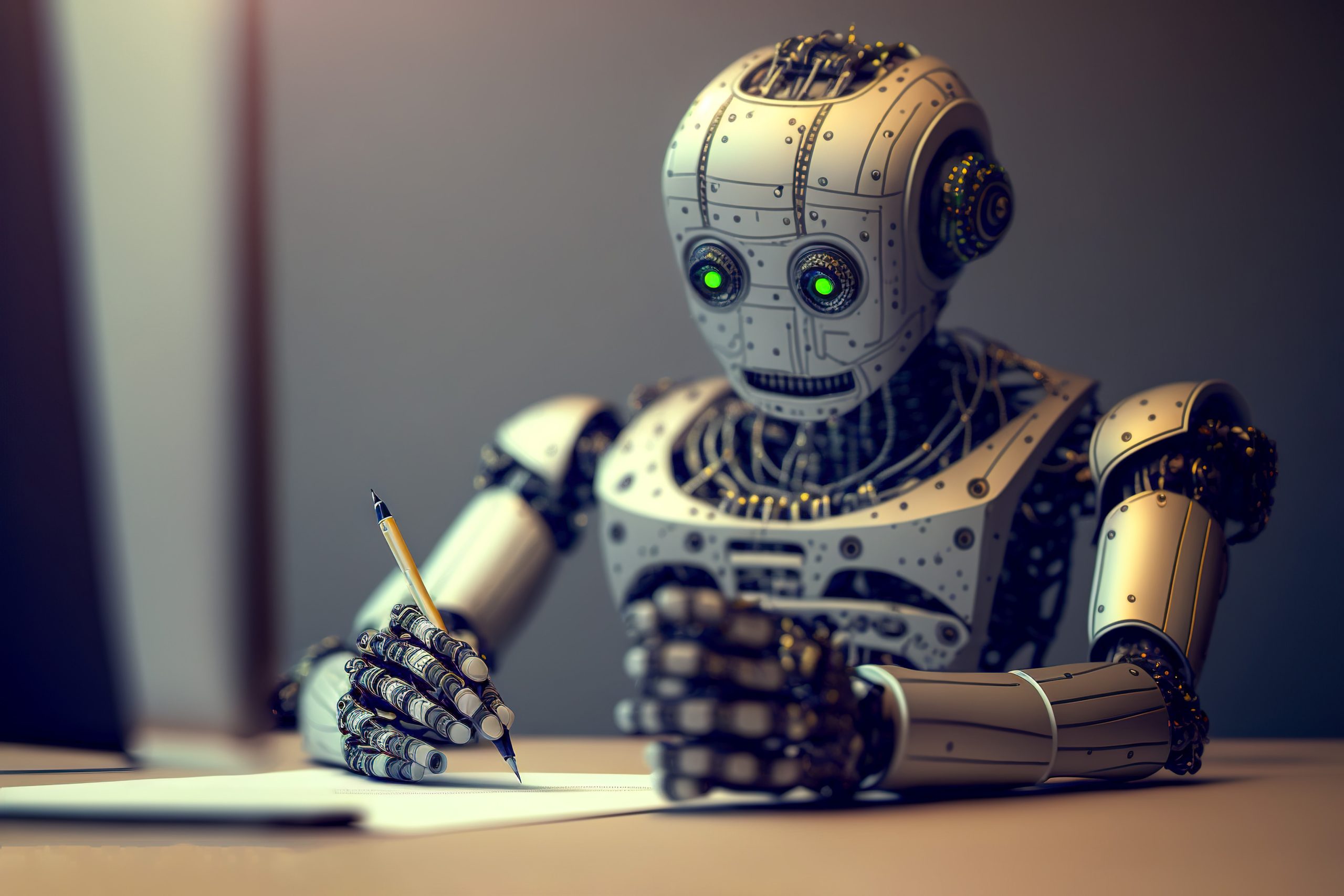
In the digital world, the prospect of using AI (Artificial Intelligence) to create content is becoming increasingly common. ChatGPT has 180.5 million users and is one of the best-known AI tools. There are advantages to using AI to create content. However, it’s important to remember that artificial intelligence can and does make mistakes. So, before fully embracing the AI content trend, it’s important to recognise its strengths and weaknesses so you maintain your professional edge.
1. Lack of Authenticity
Generative artificial intelligence creates content that mimics “the real thing,” taking advantage of people’s reliance on authenticity. Content that sounds generic will not hold the interest of your audience or positive experience. When it comes to content production, it’s important to avoid using generic language and to make sure you connect with your audience.
Tip: There is strategic value in incorporating your voice and style into your writing, especially when using AI tools to help you draft content.
2. Plagiarism
As AI algorithms are trained on pre-existing content, there is a risk that the generated material might closely resemble the original, leading to accusations of plagiarism. To help you check your writing for any repetitions or missing citations, several tools are available.
Tip: Always credit sources and use tools to check for repetition or missing citations.
3. Repetitive or Redundant Words and Phrases
Redundancy or repetition in content produced by AI might occur depending on the content’s quality and place of origin. Numerous online resources draw attention to specific traits of AI-generated material that support its recurrent structure:
- use of filler phrases
- the use of the same words, phrases, or concepts repeatedly in various contexts throughout the same piece of content.
4. Factual Errors
According to redsearch, while Google is up to date with information, ChatGPT is only trained with data from 2021. Although most content produced by AI is accurate, it’s important to remember that because it works on predictions, there’s a chance that out-of-date information may be presented. For instance, an error—like an inaccurate date. That’s why it’s important to fact-check to ensure that all claims made in a piece of content are accurate and are not misleading. Recent announcements from ChatGPT indicate they are very focused on addressing the issue of out of date content, so watch this space!
Tip: It is important to make sure you have fact-checked the information because it might be outdated.
5. Not Proofread
AI generated content should be proofread for various reasons. It should be edited and proofread just as much as human-generated content. Whether or not you use AI-generated material, evaluating your content based on experience, expertise, authoritativeness, and trustworthiness (E-E-A-T) will help you stay on course.
If you’re contemplating the use of AI to generate content, it’s crucial to heed Google’s guidance on ensuring data accuracy. Aligning your content with these principles ensures meeting the standards valued by Google’s systems, contributing to a more successful and trustworthy online presence and improve SEO results.
Artificial intelligence (AI)-generated content has advanced significantly in recent years. However, it’s important to recognise that the potential of AI-generated content is subject to a number of restrictions and limitations.
If you would like to talk more with us about the benefits of quality, strategic content, get in touch.
